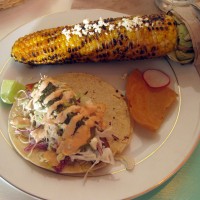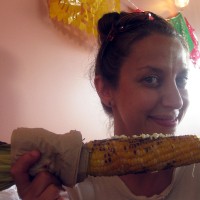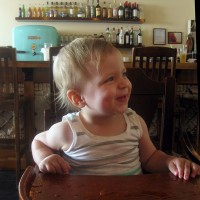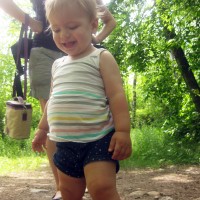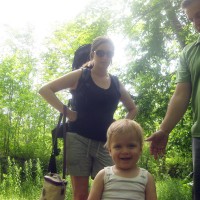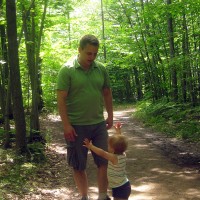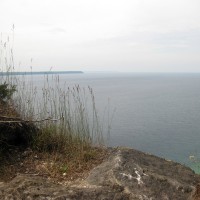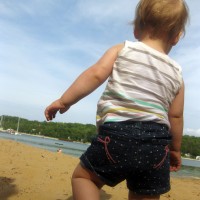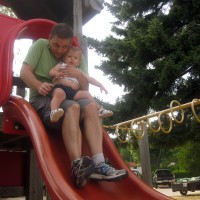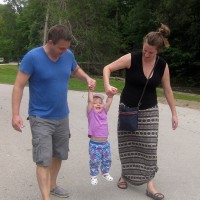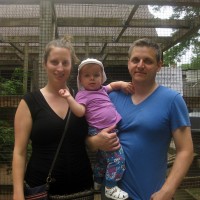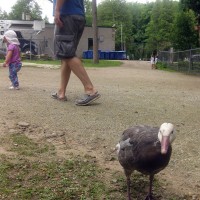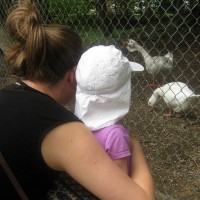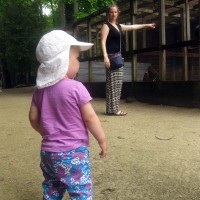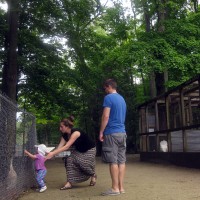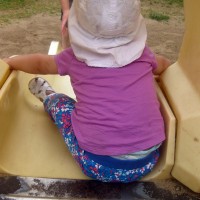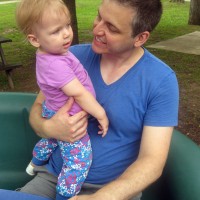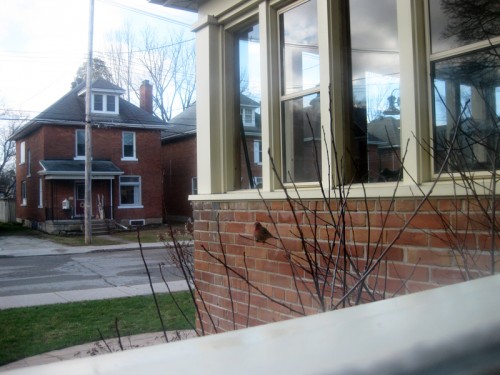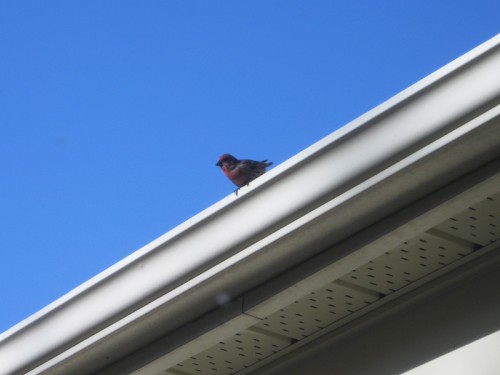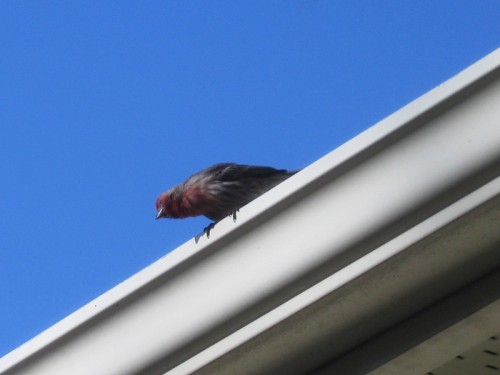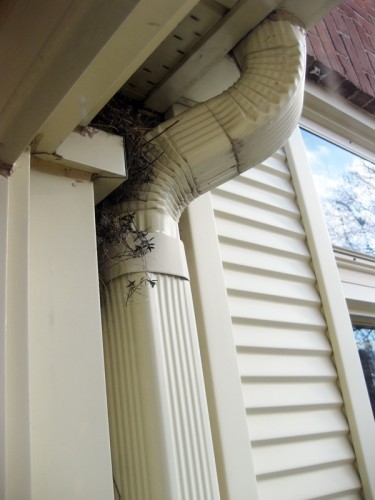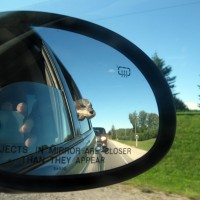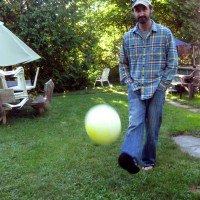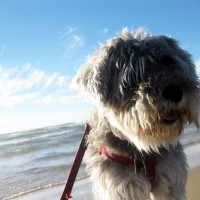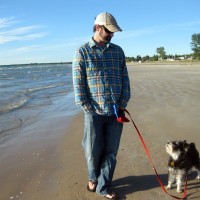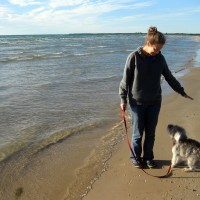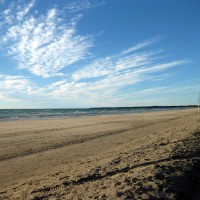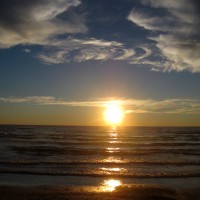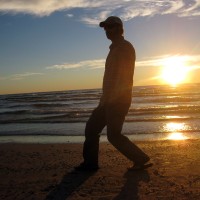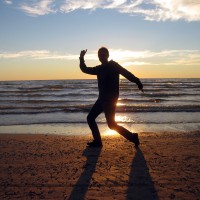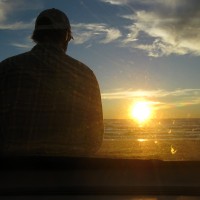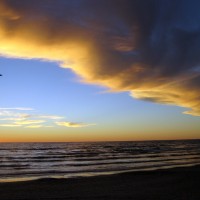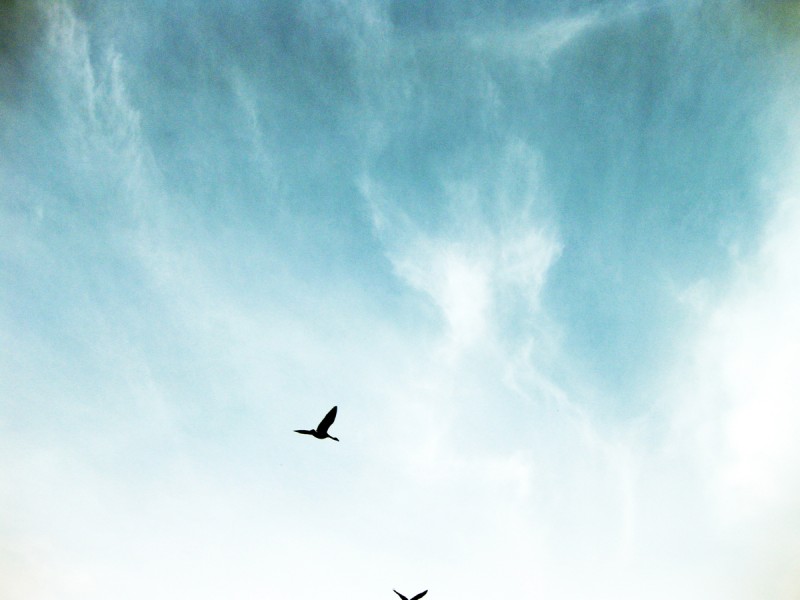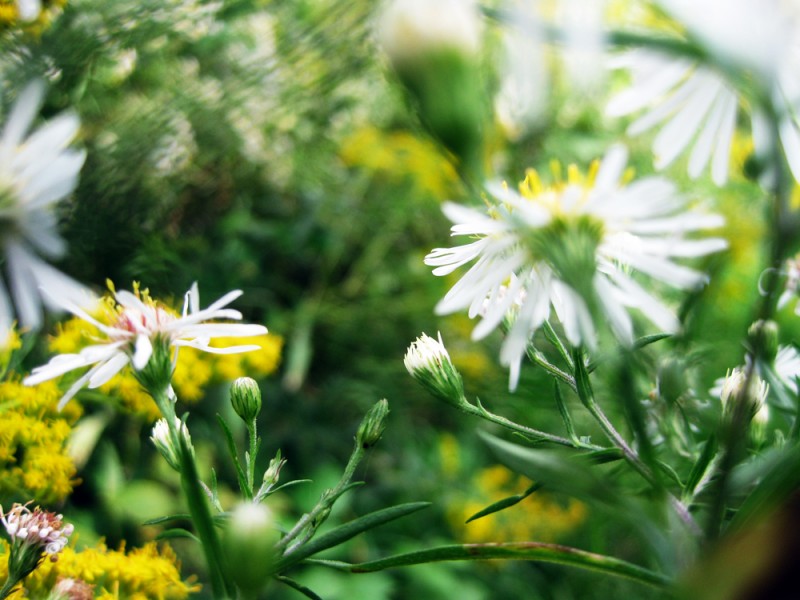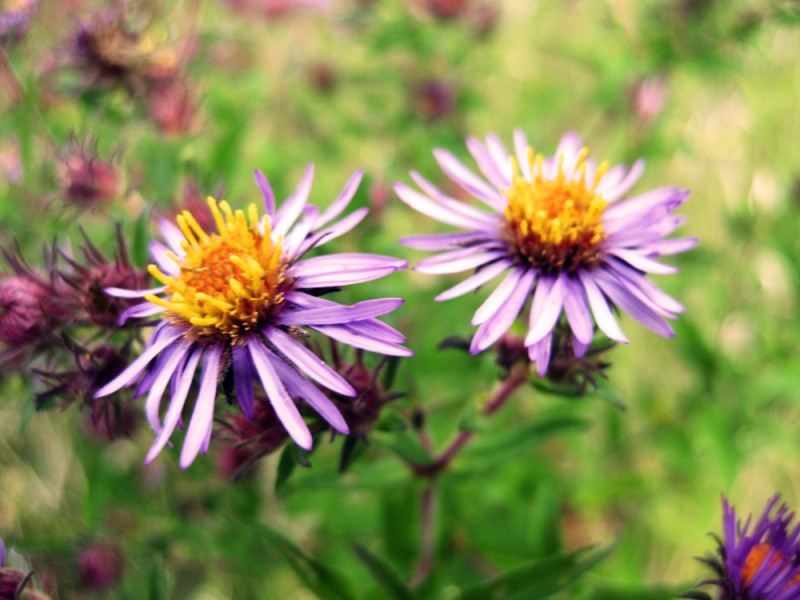birds
Cabin soundtrack
Sounds from Frobel Lake.
A development of finches
Birdfeedr
Sauble Beach
The murmur of wings
 I first started picking up vintage books with the intention of cutting them up for collage. After I took scissors to the first few, I started having pangs of guilt. Now I’m not sure why I’m buying them, except because I love them and like to clutter up my shelves.
I first started picking up vintage books with the intention of cutting them up for collage. After I took scissors to the first few, I started having pangs of guilt. Now I’m not sure why I’m buying them, except because I love them and like to clutter up my shelves.
This green volume comes from the September book sale I went to in Toronto. I was browsing the bird section and liked the illustrations of this one. Then I read the table of contents and I decided it had to be mine.
Here are some chapter titles:
Chapter 4: Showing how an interest in birds can lead one to a career
Chapter 5: In which I contend I am not a “bird lover”
Chapter 9: A pigeon helps me to see through humbug
Chapter 19: The tale of the aspiring pigeon and the misunderstood crow
On the bus ride home, I was curious enough to start reading the actual text. The author is a Leonard Dubkin and it was published in London and New York in 1944. The first page opens with an explanation of how he’d wanted to write about birds since he was twelve years old.
Why I have waited all these years before undertaking the task of writing this book, and why I decided to write it just now, with a war going on and our modern civilization in mortal danger of being extinguished, I do not know. Perhaps it is a mild form of dementia praecox, and I am unconsciously attempting to escape from the realities of a world gone mad by a sudden preoccupation with such sane and logical creatures as birds. But birds, too, are part of the reality of present-day life, and they will continue to exist even if our present civilization is destroyed. Perhaps events may prove that books written about the present war are ephemeral and unimportant to any civilization of the future, while books about birds will be treasured. I do not really believe that this will happen, of course, but it is a comforting theory.
I’ve now read through about half the book, which moved from his recollections of childhood to the start of his career in journalism, all without writing about any exotic or rare birds. He describes only the commonest species in his part of Chicago: pigeons, starlings, sparrows, gulls, yet I’m fascinated by the ordinariness.
I’ve put the book down to read (oddly enough) about World War One in preparation for our upcoming trip to Belgium, but I’m anxious to pick it back up to finish the non-bird story this book is also about: how a childhood dream can linger with you all your life until you do something about it. The title of the final chapter is causing me concern though, Chapter 24: I make a horrible discovery.
Book fair books
I’ve made several scores at book sales in Guelph and Toronto recently. Here in Guelph, the Friends of the Library organize a ‘giant used book sale’ yearly to raise money for the new public library. I’ve been hearing about “the new library” since we moved here, but have no idea when construction is supposed to start– it may still be in the planning stage. In any case, I found some gems.
New bird
We recently revisited the Clay and Glass museum in Kitchener because the first time we went I saw this little ceramic bird that I wanted… Since I still wanted him three months later, we went back. I found him and brought him home.
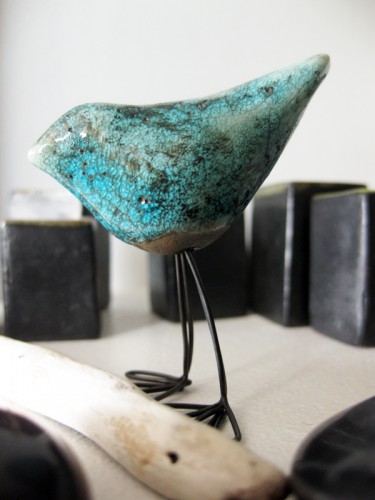
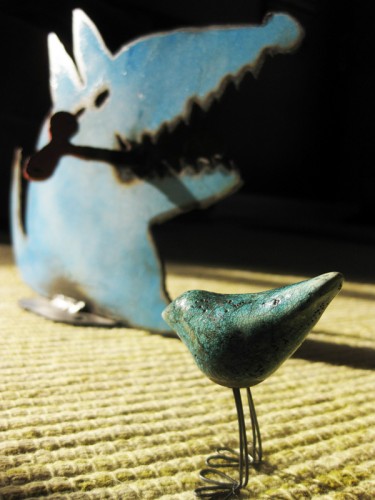
Picnic tables and seagulls
Field weeds and flying geese
Two Sundays ago we visited the Guelph Lake Conservation Area and went for a quiet goldenrod-milkweed-poplar-aster walk. It reminded me of playing outside at my mémère’s house when I was nine and every day was perfectly sunny.

